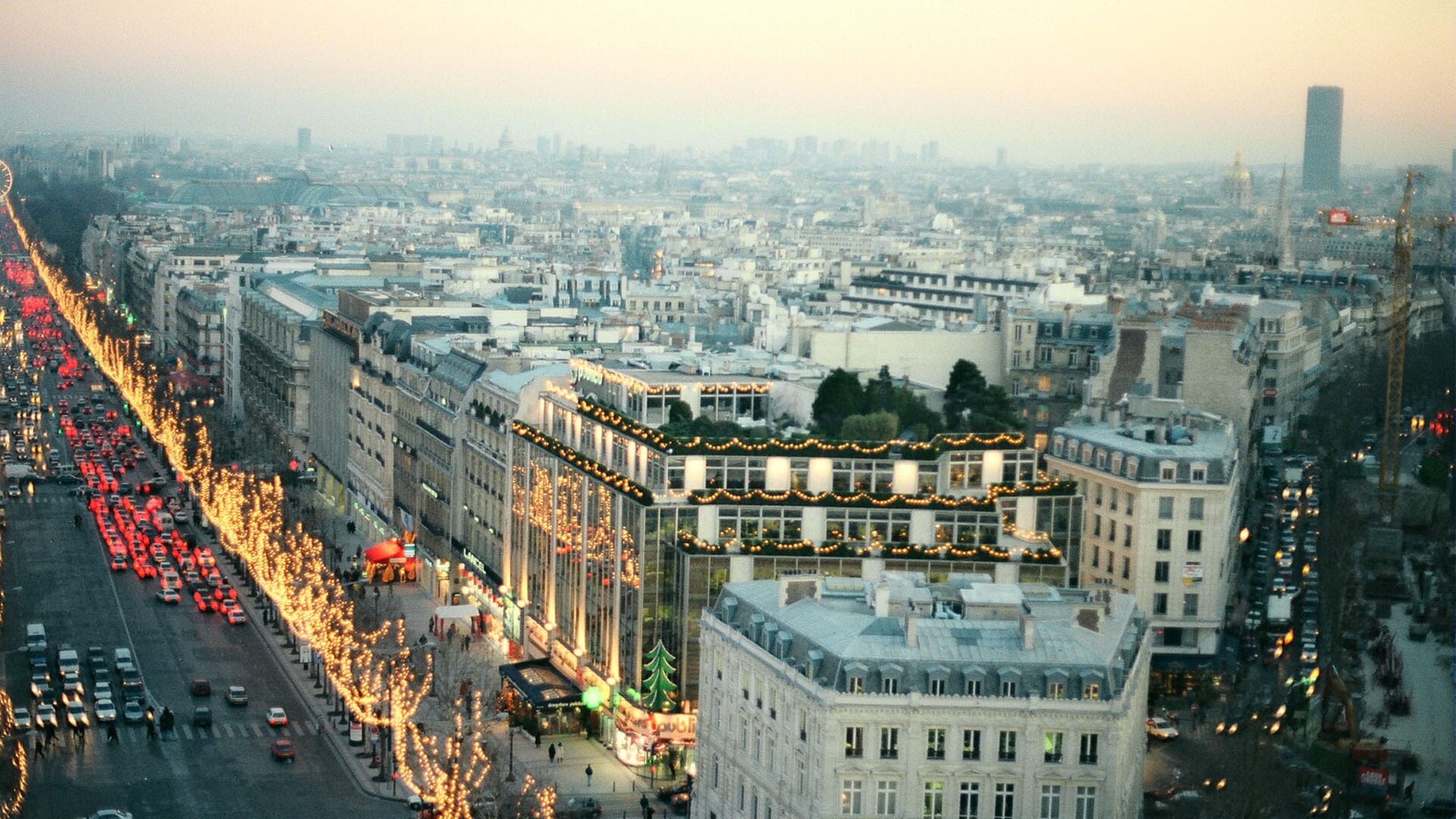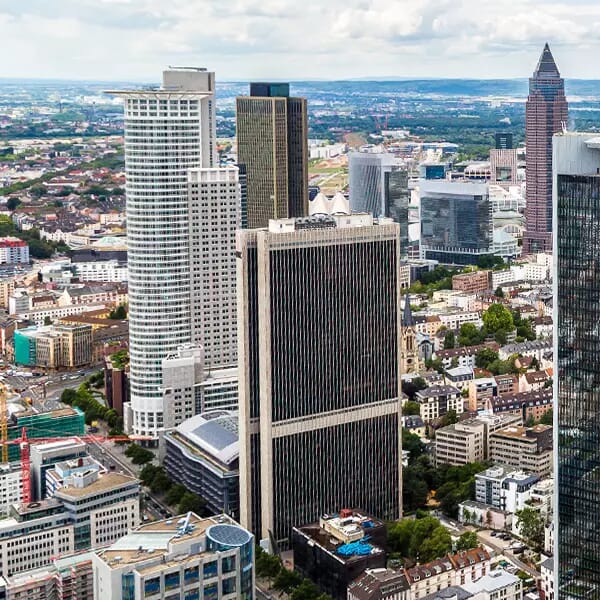 No attribution required
No attribution requiredFrench retail: Investors favour prime location over high yield
Luxury high street brands value prime location over higher short term profit
High street retail; Europe’s king or risky business? With luxury retailers showing good performances by sacrificing their short term profits, is success in the market reliant in risk management?
This was discussed at length at the senior real estate conference France GRI 2019, where the countries’ leading developers, lenders, and investors discussed a range of topics concerning the French market. One of the questions raised at the event was how the market has concentrated on primary locations to cash in on their flagship stores image and high traffic - especially in France.
The polarisation towards prime location
One of the trends that can be observed, especially in the age of social media where image is more important than ever, is big brands like Apple or Nike willing to pay more than usual just to have a store on the Champs Elysees. This sacrifices short term profits in order to benefit from indirect sales and image in the long term. Even logistics-turned-retail sites that employ showroom strategies opt for more iconic and busier streets and are willing to pay twice as much as they could somewhere else, such as Ikea’s new showroom on the Boulevard des Capucines.
Of course, b-streets and secondary locations are suffering due to this new strategy, with competition from shopping centres and rent surges. Retailers across Europe that are big enough to handle the short term deficit and have acknowledged the trend are replying accordingly; brands such as Zara have closed multiple sites to focus on their prime location flagship in Madrid, and small retailers are getting bought out by bigger brands on Oxford Street and Bond Street.
In terms of financing, there is limited liquidity. Much like the rest of Europe financing retail in France can be difficult to predict, but refinancing and acquisition financing are still very much attractive, according to the attendees. It has been suggested that the funds and family offices successfully investing into retail to diversify their portfolio are looking at less prime locations, and more at where the population is growing and is bound to create demand in 10 or so years.
The market shift
Participants believed there was a push from public authorities to revive city centres of “B-cities” across France. Action Cœur de Ville is an effort currently in effect by the government, tasked with revamping the center of over 200 cities with new stores, offices, coworking and housing.
But in terms of B-streets, a shift in mindset must happen. Currently tenants will come to these streets seeking lower rent. Participants suggested that Landlords should be open to turning retail assets into mixed-use assets.
In these big French cities such as Paris, investors are exploring different options to enter, depending on their risk aversion: Main focus is either on the biggest streets with guaranteed business but with lower yields, or building up less attractive districts with the potential of very good yields.
For more information on the European market as a whole, Europe GRI 2019 takes place on the 11-12 September in Paris. For further insight into specifically the French market, France GRI 2020 takes place in April next year.
Article by Matt Harris



